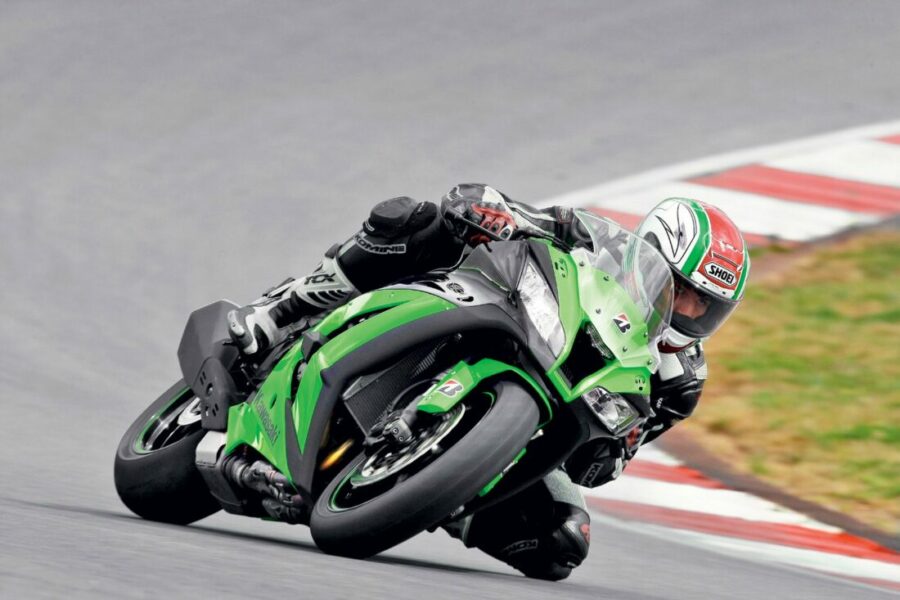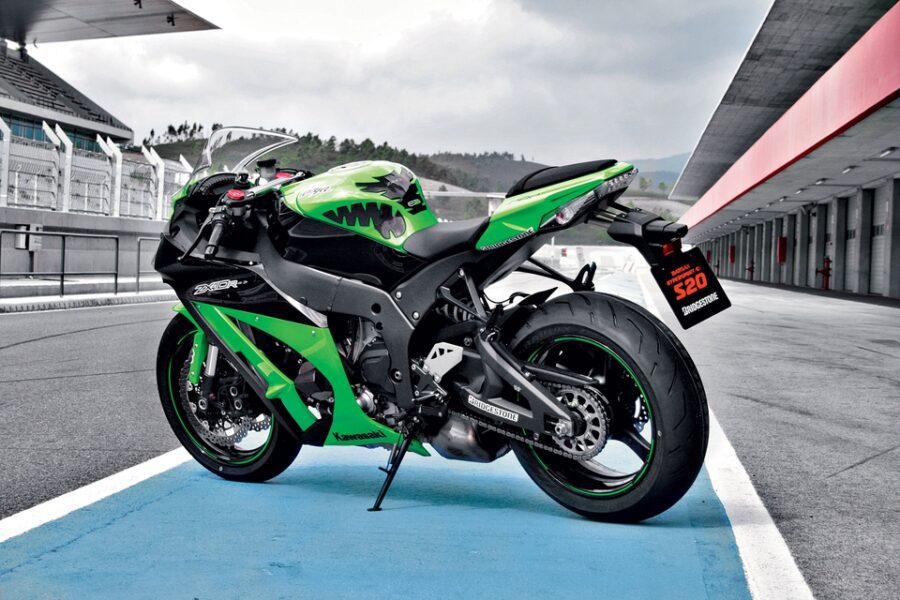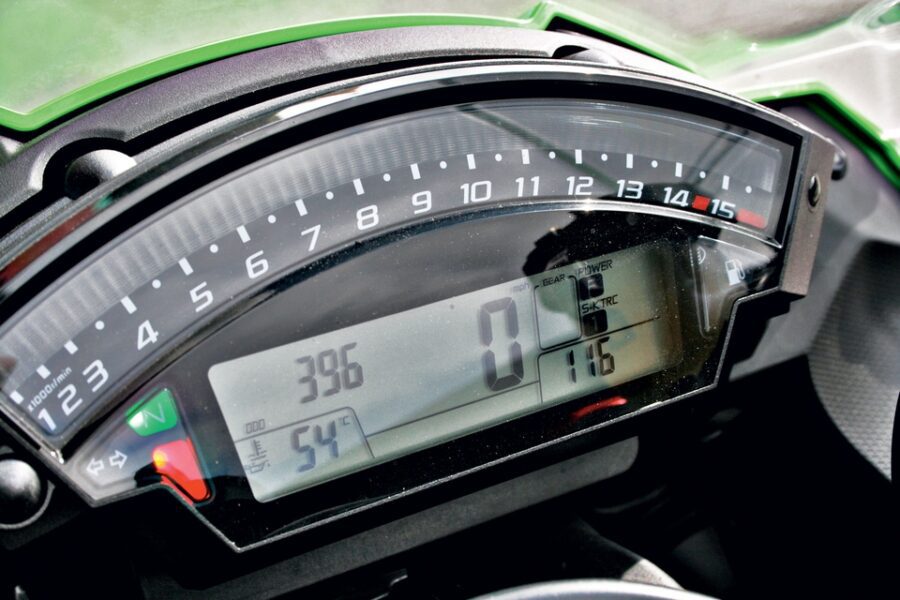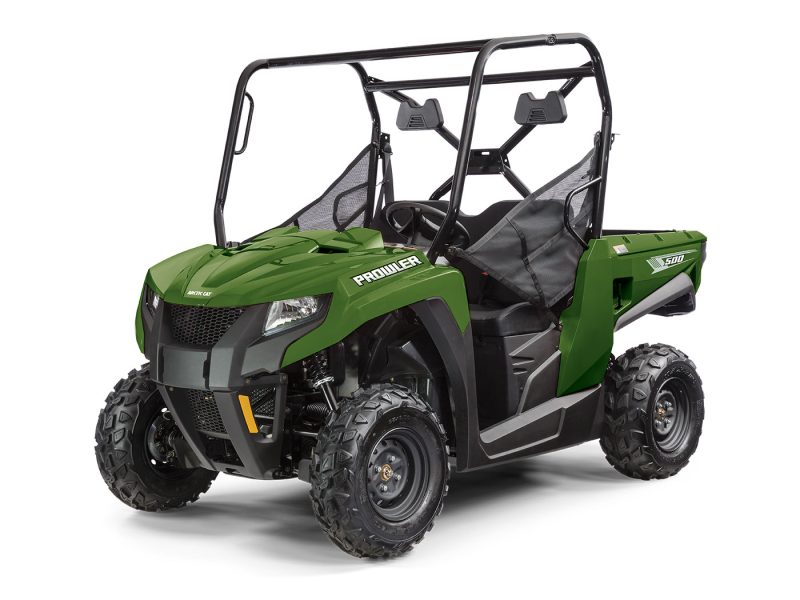
We drove: Kawasaki ZX-10R S-KTRC
Text: Matevž Gribar, photo: Bridgestone, Matevž Gribar
You motorcyclists reading Avto probably know that we do not get the opportunity to test green Japanese cars very often, as we depend on the goodwill of sellers and opportunities like this when testing Bridgestone tires in Portugal. And since we want to introduce you as fully as possible to what is happening on the motorcycle scene, we recorded the impressions of a 15-minute meeting with the new Ten.
The new Kawasaki ZX-10R, also called Ninja or colloquially the Ten, was introduced last year. That the bike is new is more than obvious at first glance, as they took a bold step forward (or sideways?) In design. The front is sharply pointed, sharp and aggressive, the side lines (also due to the lack of flashy graphics) are clean and less aggressive, and the part behind the driver's seat with integrated turn signals is unusually petite and more rounded in shape. Yes. We leave the subjective assessment of appearance to you, but undoubtedly this Kavich has strong, recognizable characteristics. Toxic. Dozens (or earlier Nines) have always been considered toxic, and when we learn about the maximum power that an engine can produce, we have no doubt about its brutality. Really?
However, the first-hand experience at 200 ("horses") should sound even more incredible, because the green beast is not uncontrollably violent. How are you coming? First, because he sits on a motorcycle in a very cultured way. Well, of course, this is a superbike, not an air-conditioned limousine, and the 181 centimeter man feels good riding it in a relaxed manner.

That is, the driving position is not cramped. Moreover, it is surprising that the engine responds calmly and very decently to throttle in the corner, it pulls from the mid-range and is not surprised by the sudden steep rise in the power curve all the way up to the highest engine rpm. We feel it is a little more brutal than the Honda (of course, because it is also more powerful) and friendlier than the BMW. And the third thing that left a very good impression: S-KTRC (Sport Kawasaki TRaction Control).
It is faster and less noticeable than the KTRC (found on the more touring Kawasaki) as it (depending on the program chosen) allows for a little rear wheel slip. How does he "know" how much he can? Fiju, a sophisticated electronic mind, compares front and rear wheel speeds every five milliseconds (via ABS sensors) and records changes (delta!) In engine RPM, throttle rotation, slip and acceleration.
Since I only had the opportunity to spend 15 minutes with the Kava, I only tested the most powerful strength program and anti-skid system that allows for maximum slip. The recreational rider case works great as I have never accelerated out of corners with such reliability and pleasure.
The brakes showed no signs of fatigue. Suspension (front fork with a larger piston - "large piston fork") behaved extremely calmly during braking and acceleration, even on a long hole in front of the target plane. Transmission? I don't remember anything bothering me. Miraculously, even with all-digital gauges (you can choose between standard and racing display modes), I had no problem reading information quickly.

Heh, it even has a fuel economy indicator that comes on when the throttle is less than 30 percent cranked, the revs don't go over 6.000, and the speed doesn't go over 160 km/h. recommended item. Although we know someone who has mined it with the handlebar up. This is also correct.
Unsurprisingly, Ten achieves excellent results in comparison tests of athletes with a volume of 1.000 cubic meters. We think he is one of the best at the moment.
